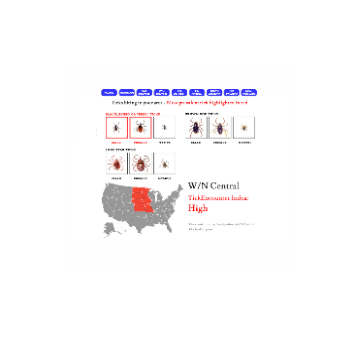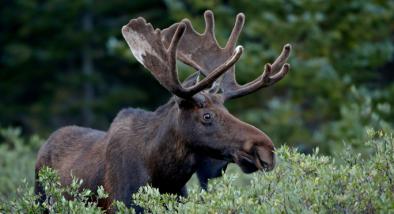Science Source
Temperature Mediated Moose Survival in Northeastern Minnesota
- States Northern Minnesota represents the southern edge to the circumpolar distribution of moose (Alces alces), a species intolerant of heat
- States moose increase their metabolic rate to regulate their core body temperature as temperatures rise
- Hypothesizes that moose survival rates would be a function of the frequency and magnitude that ambient temperatures exceeded the upper critical temperature of moose
- Compares annual and seasonal moose survival in northeastern Minnesota between 2002 and 2008 with a temperature metric
- Finds that models based on January temperatures above the critical threshold were inversely correlated with subsequent survival and explained >78% of variability in spring, fall, and annual survival
- Finds models based on late-spring temperatures also explained a high proportion of survival during the subsequent fall
- A model based on warm-season temperatures was important in explaining survival during the subsequent winter
- Analysis suggests that temperatures may have a cumulative influence on survival
- Researchers expect that continuation or acceleration of current climate trends will result in decreased survival, a decrease in moose density, and ultimately, a retreat of moose northward from their current distribution
Related Content
Real Time Data

Mar 29, 2016 | Tick Encounter Resource Center, University of Rhode Island
Current US Tick Activity
Headline

Mar 29, 2016 | onearth
What’s Killing Minnesota’s Moose?
Science Source
| National Wildlife Federation
Wildlife in a Warming World
Science Source
| Parasitology Research
Seroprevalence, isolation, first genetic characterization of Toxoplasma gondii, and possible congenital transmission in wild moose from Minnesota, USA
Shiv K. Verma, Michelle Carstensen, Rafael Calero-Bernal et al


